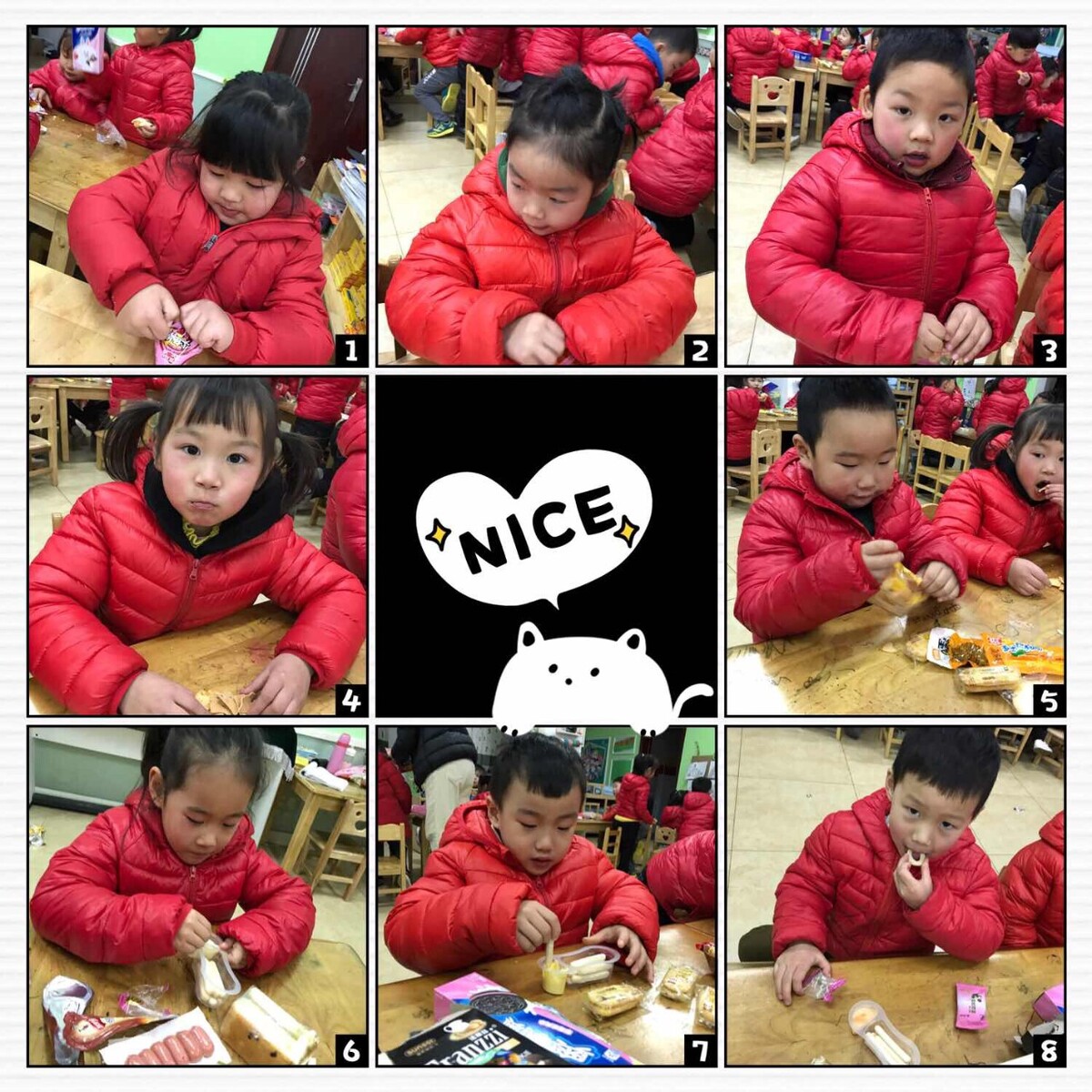本文目录一览
- 1,怎么写英语教案
- 2,英语教案怎么写
- 3,英语教案 的写作步骤
- 4,7年级英语教案怎么写
- 5,高中英语 一个unit 好多个课时 那教案怎么写啊
- 6,高中英语教案怎么写
- 7,新人教版七年级英语上册第六单元教案怎么写
1,怎么写英语教案

2,英语教案怎么写

3,英语教案 的写作步骤

4,7年级英语教案怎么写
5,高中英语 一个unit 好多个课时 那教案怎么写啊
6,高中英语教案怎么写
7,新人教版七年级英语上册第六单元教案怎么写
文章TAG:单元 教案 怎么 英语 单元教案怎么写英语














